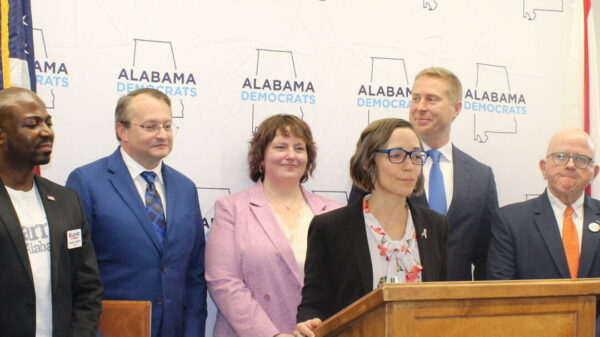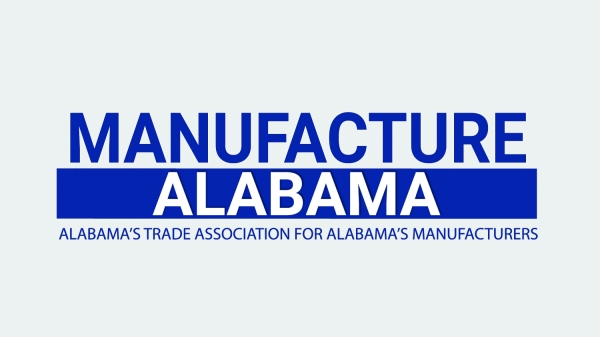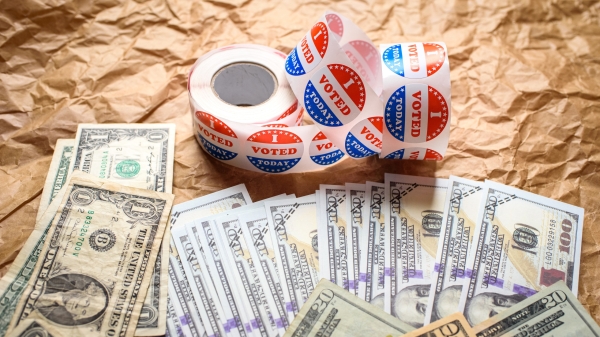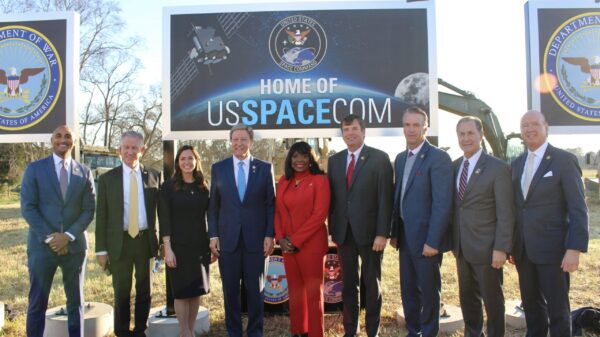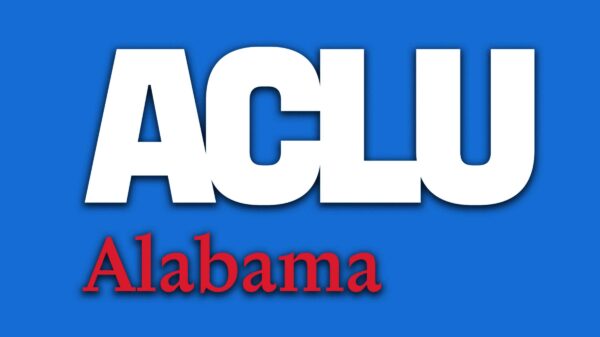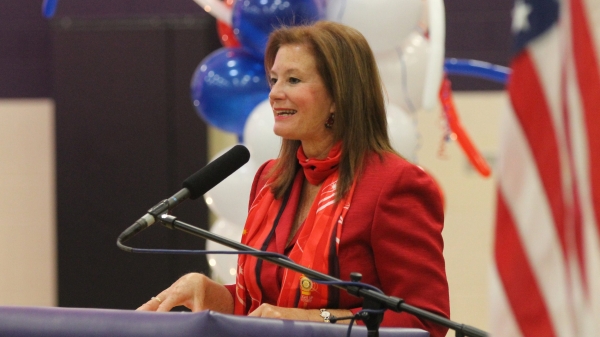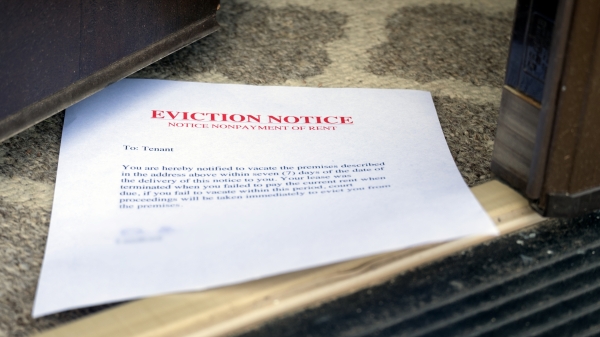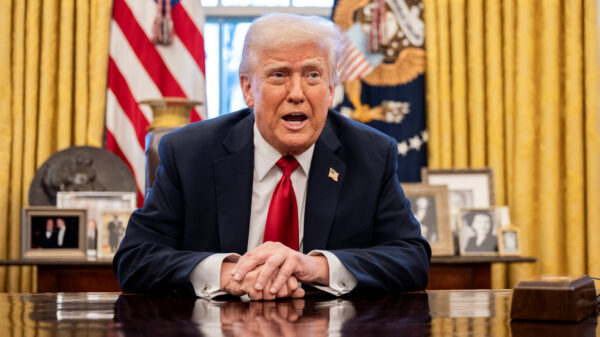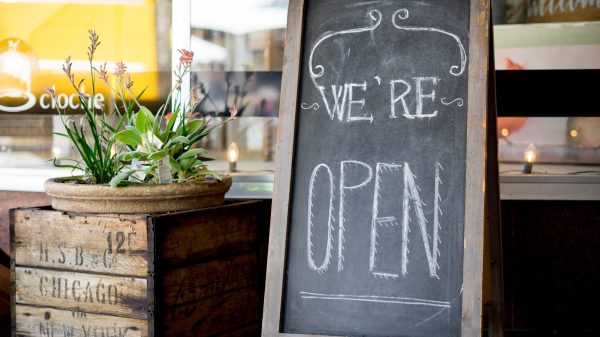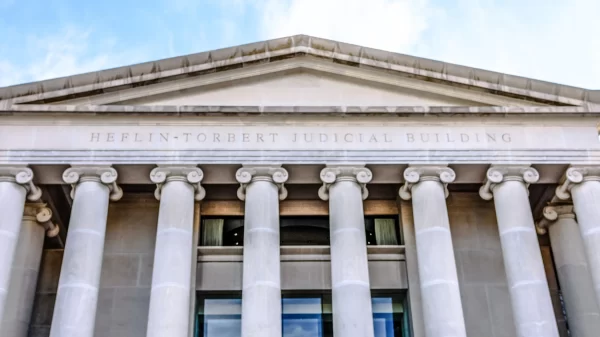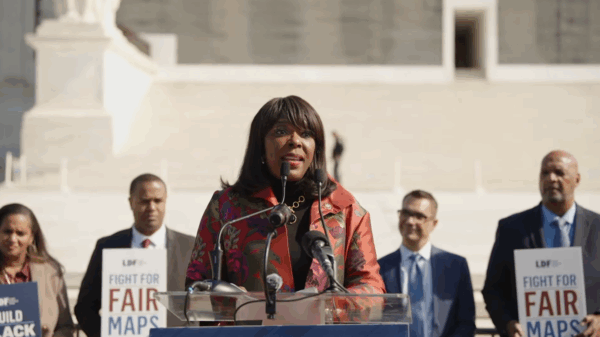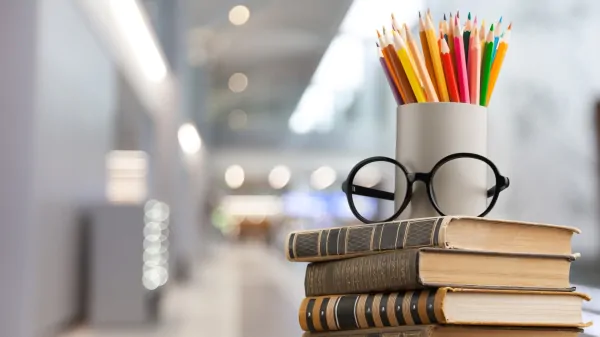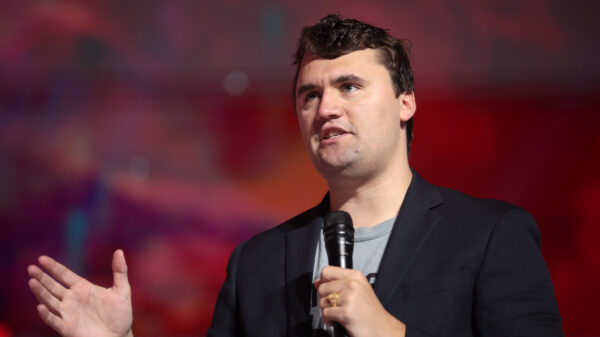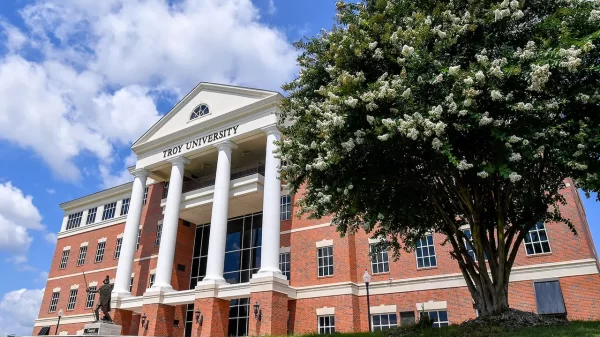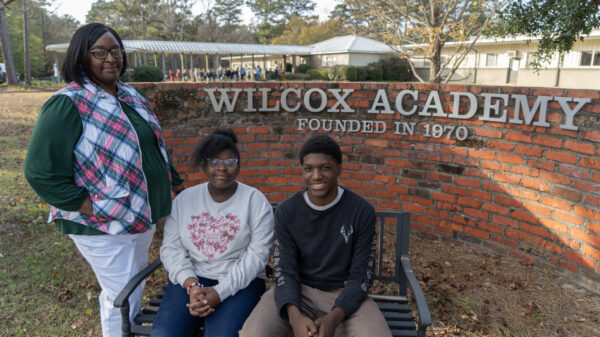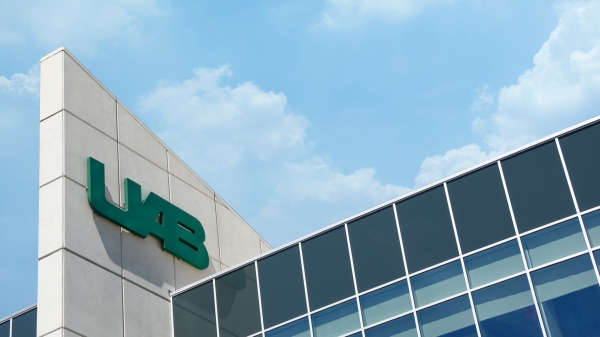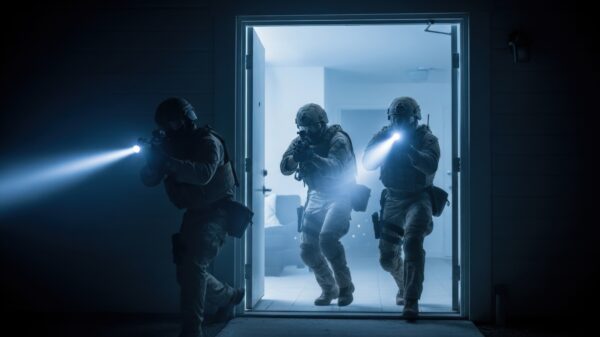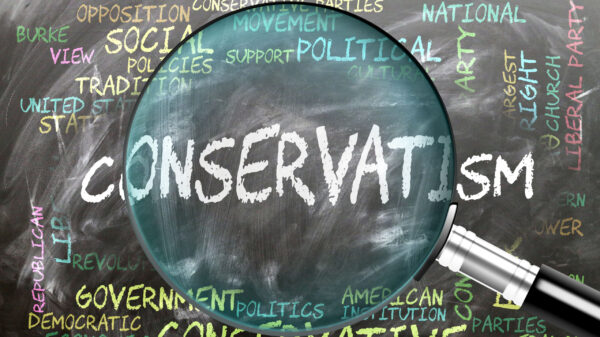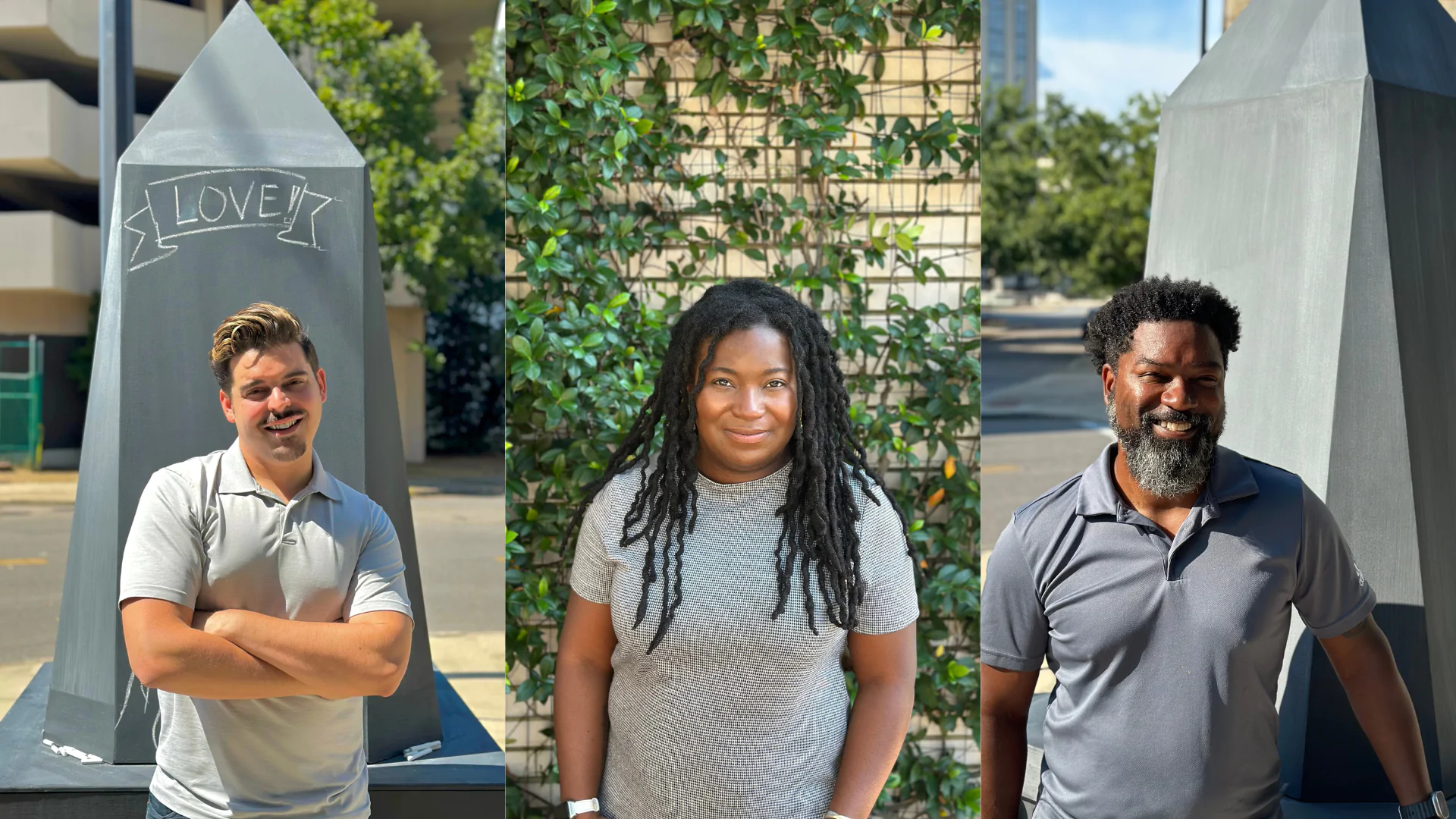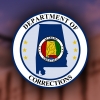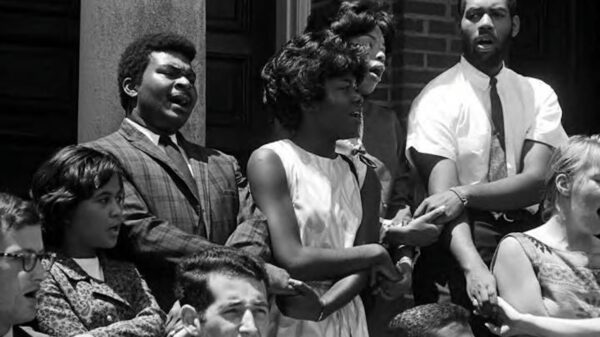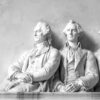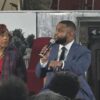A unique community art project is transforming how residents engage with public monuments and collective memory.
(Un)Set In Stone launched Saturday, presenting a chalkboard-coated obelisk that travels throughout Montgomery, inviting community members to draw, write, and visually respond to the central question: “What deserves to be remembered in your neighborhood?”
The artists behind the project say it directly addresses ongoing national conversations about legislation that restricts the removal of Confederate monuments and what public memory-making can look like. Rather than permanent installations that reflect a singular perspective, this mobile monument serves as a living canvas for community dialogue and collective reimagining.
“In our city, we often hear about the construction of new monuments or the removal of existing ones. Still, we’re missing the conversations that make these structures portals for civic reimagination,” said artist Jose Vazquez, “The chalkboard surface allows for contributions that can be photographed, documented, and then erased to make space for new voices.”
“We were inspired by the removal of the Robert E. Lee Statue at Percy Julian High School,” says artist Ashley Edwards, “an empty pedestal now sits at the front of the school, and it made us think about what conversations about commemoration could follow.”
Vasquez was joined by artists Ashley Leshawn and Robin Chapman in creating the project.
The artists say the installation addresses critical questions in contemporary public art: How can monuments catalyze community dialogue rather than imposing singular narratives? What happens when public art prioritizes process over permanence?
The initiative positions Montgomery, a city central to American civil rights history, as a laboratory for innovative approaches to commemoration and community engagement through art.
All interactions with the monument will be documented, creating an archive of community responses that will inform the January 2026 exhibition. This documentation process ensures that temporary chalk contributions become part of a permanent record of community dialogue.
The project invites art critics, curators, and cultural observers to witness this experiment in participatory monument-making as it unfolds across Montgomery’s diverse neighborhoods and cultural venues.
Its next stop will be at the Graetz Literacy Festival at United Evangelical Lutheran Church from 1 p.m. to 4 p.m. on September 27.


